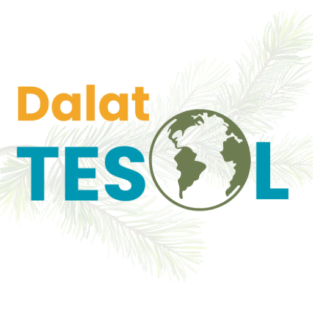In academic writing, especially at the graduate level, you’ll often hear instructors and journal reviewers ask, “What’s the research gap?” This question might feel intimidating at first, especially if you’re new to the world of research. But don’t worry — the concept of a research gap is not as mysterious as it sounds.
This article walks you through what a research gap is, why it matters, and how you can start identifying one in your own field — particularly if you’re working in TESOL or applied linguistics.
🔍 What Is a Research Gap?
A research gap refers to an area within a field of study that is under-researched, inconclusive, missing, or in need of deeper exploration. It’s the specific reason why your study needs to exist. You’re not just repeating what others have done — you’re responding to something that hasn’t been fully answered.
In the context of TESOL (Teaching English to Speakers of Other Languages), a gap might involve:
- An underexplored learner group (e.g., ethnic minority students in rural Vietnam)
- A missing link between two research areas (e.g., digital literacy and speaking confidence)
- A lack of research in a specific context (e.g., ChatGPT use in academic writing at Vietnamese universities)
🧠 Why Is It Important?
Identifying a research gap helps you:
- Justify your study — why should people care?
- Position your work within the academic community
- Avoid redundancy or duplication
- Contribute to knowledge building rather than just reporting
Most importantly, journal reviewers and thesis committees will expect to see a clearly articulated research gap in your introduction and literature review.
🛠️ How Do You Find a Research Gap?
If you’re not sure how to begin, here are three tried-and-tested strategies:
1. Explore Future Research and Limitations Sections
At the end of most journal articles, authors often include a short section on what could be done in future studies. This is where they acknowledge the boundaries of their work — and suggest what’s next. These are gold mines for identifying gaps.
Example: A study on mobile-assisted vocabulary learning may conclude:
“Future studies could investigate long-term retention effects among older adult learners.”
→ That’s your invitation to design a study focusing on older learners and retention.
2. Compare Conflicting Findings
Sometimes, different studies produce conflicting or inconsistent results. This means there’s no clear answer yet — and your research can help clarify the issue.
Example:
Study A says using Kahoot! improves speaking fluency.
Study B finds no significant impact.
You can ask: Under what conditions does it work? With which learners?
3. Look for Understudied Populations, Skills, or Contexts
Certain learner groups, skills (like pragmatics or critical thinking), or tools (like AI) may be underrepresented in existing literature — especially in the Vietnamese EFL context.
Ask yourself:
- Has this been studied in my country?
- Have young learners or lower-proficiency students been included?
- Has this tool been studied beyond writing (e.g., in speaking or pronunciation)?
🧭 A Simple Template You Can Use
Here’s a short template to write about your research gap in your proposal or thesis:
“While several studies have explored [topic] in [context A], few have examined this in [context B]. This is especially relevant given [reason]. Therefore, this study aims to address this gap by investigating…”
💡 Final Thoughts
Finding a research gap doesn’t require you to be a genius — it just takes some focused reading, strategic note-taking, and curiosity. Remember that all researchers, even seasoned ones, began by asking simple questions like: What’s missing? What’s unclear? What hasn’t been done yet?
If you feel stuck, don’t hesitate to reach out to your supervisor, peers, or platforms like Dalat TESOL. Together, we can build a strong, local research community that supports thoughtful, contextually relevant studies in TESOL and applied linguistics.
📣 We’d love to hear from you!
What has been your biggest challenge in identifying a research gap so far? Comment below or email us at dalattesol@gmail.com.
—
🌿 Dalat TESOL – Chia sẻ kiến thức giảng dạy, nghiên cứu khoa học và cơ hội xuất bản

Hi, this is a comment.
To get started with moderating, editing, and deleting comments, please visit the Comments screen in the dashboard.
Commenter avatars come from Gravatar.